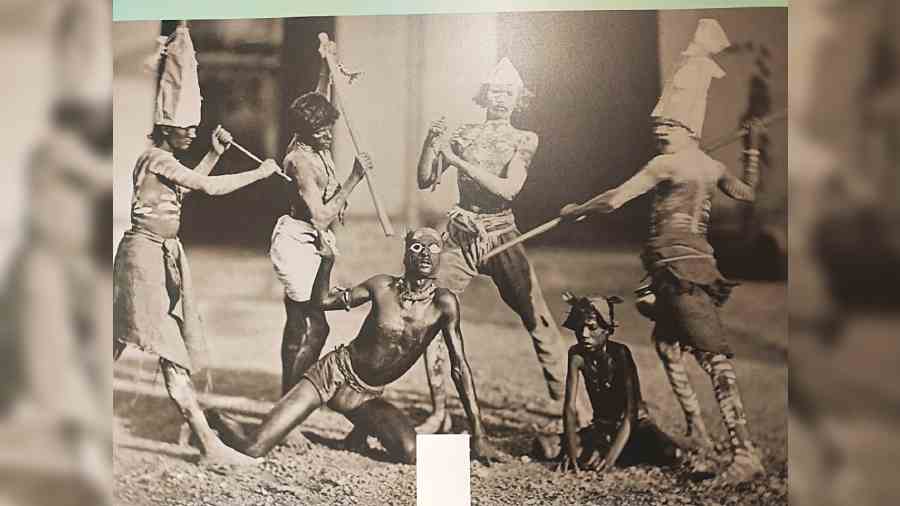The replica Rampurva bull on the landing of the left staircase of Calcutta’s Indian Museum appears to nudge every visitor to a photo exhibition on the first floor. Convergence is so titled because it brings together at multiple levels the photographic pursuits of lensmen from France and India. The exhibition is also a convergence of celebrations — the 195th anniversary of the first photograph ever taken in 1826/27 by Joseph Nicephore Niepce and the 75th anniversary of Indian Independence.
Convergence travelled from Ahmedabad to Bangalore to Chennai to New Delhi before it arrived in Calcutta as part of the fourth edition of Bonjour India, a pan-India festival for the arts.
Some of the French photographers whose works are on display are Louis-Theophile Marie Rousselet, John Baptiste Oscar Mallitte, Marc Riboud and Bernard Pierre Wolff. The exhibits enlarged to life-like size have been collected from prominent museums in France.
The Telegraph brings you some of the shots of Indian life that spoke to it.
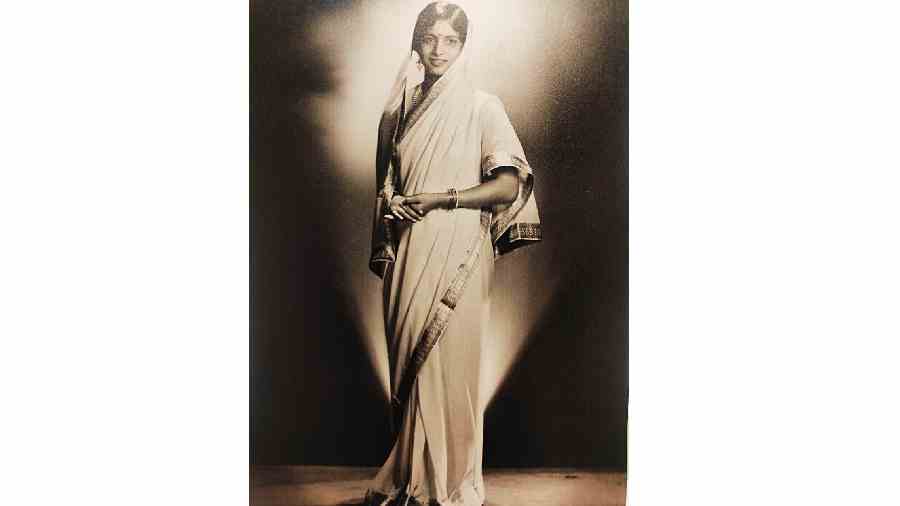
Woman from a princely family. The getup of the woman and her demeanour is a mixture of tradition, modernity and regality and the use of light lends an ethereal quality to the composition. Matzene Studio, 1930-40 Courtesy, The Alkazi Collection of Photography
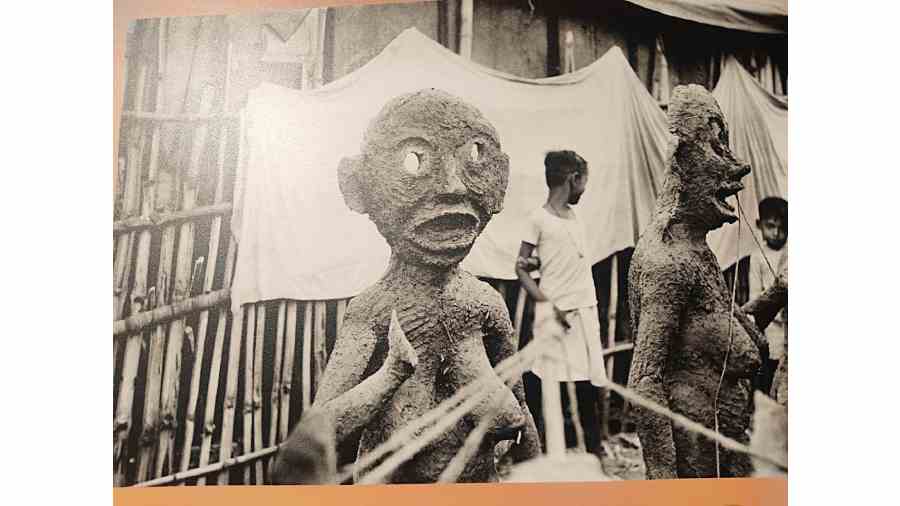
One of many shots of Kali Puja by Marc Riboud taken in Calcutta’s patuapara in the 1950s Courtesy, Fonds Marc Riboud/Collection Musée National des Arts Asiatiques – Guimet

A group of refugees at a railway station in Calcutta. Photograph by Marc Riboud, 1956 Courtesy, Fonds Marc Riboud/Collection Musée National des Arts Asiatiques – Guimet
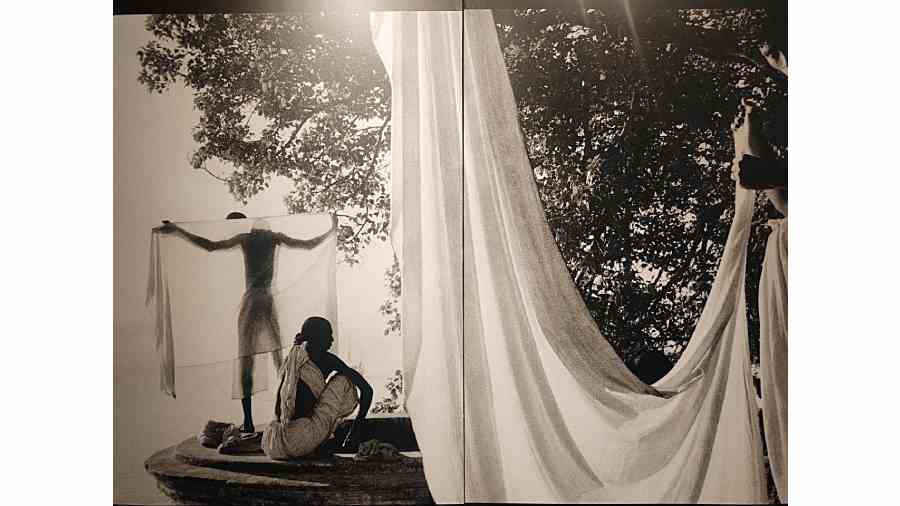
Titled The Dhotti, this photograph was shot in Sonpur in Bihar in 1956 by Marc Riboud. The French photographer had once said that he took photographs the same way a musician hummed a tune. This frame has a music of its own Courtesy, Fonds Marc Riboud/Collection Musée National des Arts Asiatiques – Guimet
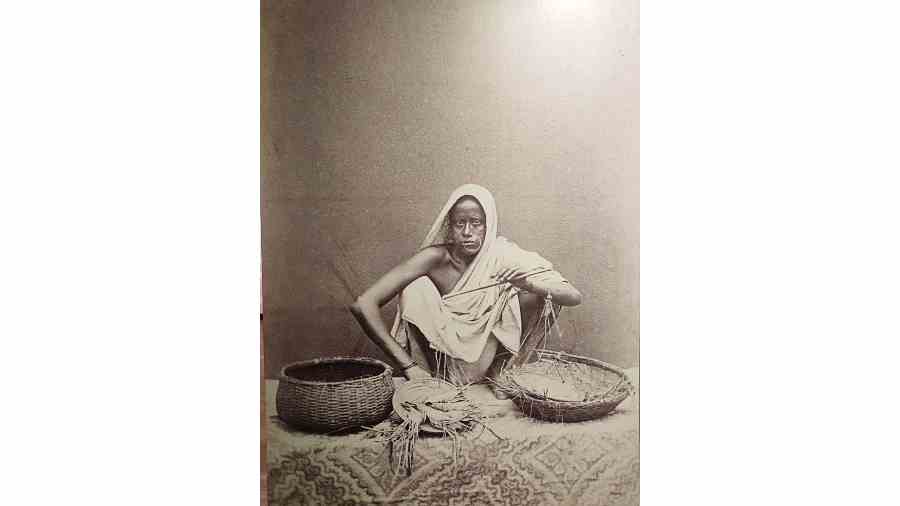
Woman vending prawns. Studios of Gobindram & Oodeyram in Jaipur, 1880- 1900 Courtesy, The Alkazi Collection of Photography
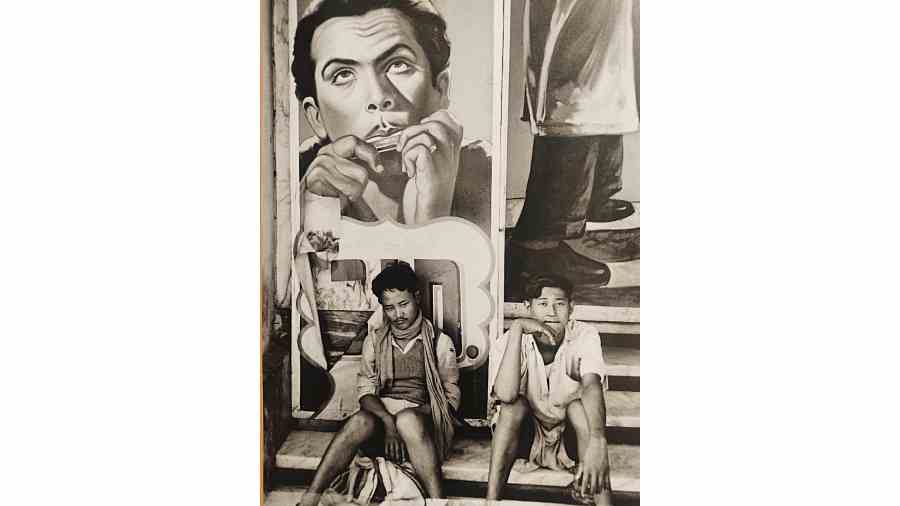
Marc Riboud shot extensively in the streets of India. This is an urban street scene taken in 1956 in Calcutta. The picture composition works at various levels, from the gaze of the subject in the forefront to the giant film posters as also the life on the pavement Courtesy, Fonds Marc Riboud/ Collection Musée National des Arts Asiatiques – Guimet

Marc Riboud plays with movie posters in New Delhi, in 1956 Courtesy, Fonds Marc Riboud/Collection Musée National des Arts Asiatiques – Guimet

